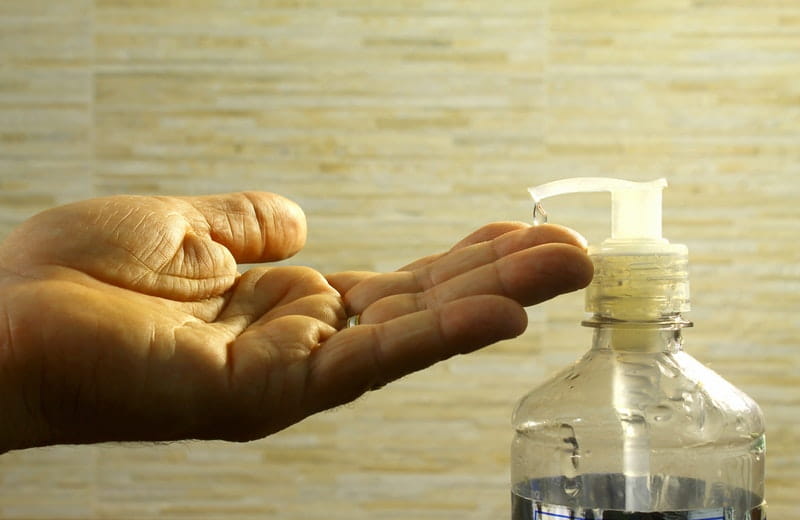What is MRSA?
MRSA is also known as methicillin-resistant Staphylococcus aureus. It’s a kind of bacteria, of the staph variety, that has a high, dangerous resistance to even the most potent antibiotics. MRSA is often the cause of most infections of the epidermis. It may even spread and cause other kinds of issues, like pulmonary infections. If it’s untreated, methicillin-resistant Staphylococcus aureus can lead to sepsis, which is also known as blood poisoning. There are many kinds of Staphylococcus aureus bacteria. It’s usually known, but it’s shorter surname: Staph. Bacteria that is staph related is found on human skin, or even within the nostrils. It’s usually quite harmless, but it can become an issue once it enters the epidermis through an open wound on the skin.
A doctor can diagnose methicillin-resistant Staphylococcus aureus using a culture from the injury wound, sputum, urine, or blood. Two kinds of MRSA are infectious and potentially deadly. These are HA-MRSA and CA-MRSA.MRSA infections can happen at any location on the body. Some popular methicillin-resistant Staphylococcus aureus spots are the rear, groin, neck, and leg area. MRSA first starts off at a swollen, red, painful, warm, and pus-filled bump. Once this has been noted, it’s essential to cover the area with a sterile dressing and contact a healthcare expert immediately, especially if a high fever accompanies this bump.

1. Red Infected Skin
MRSA could first appear as red infected skin. The infected skin could seem benign at first. Maybe one accidentally got a scratch during a wrestling match, and the scratch resembles a simple scrape. Even though the scrape may seem minor, it may pose a serious threat if it’s accompanied at any time by a fever.
2. Swollen Skin
The MRSA infection begins with a swollen patch of skin. It quickly starts to become painful. The swollen area of skin may begin to develop a white or yellowish middle area, with a possible ‘central head.’ The area may become red and warm. At this point, the swollen skin area is known as cellulitis.
3. Painful Bumps
Methicillin-resistant Staphylococcus aureus usually starts off as a pain-riddled skin boil. Skin contact easily spreads it. The painful bumps may resemble an arachnid bite or even a pimple. It is important to look out for painful bumps that appear.
4. Warm Bumps
The painful, red bumps may be warm to the touch. This is due to the accumulation of pus and various bodily fluids that may start draining soon. The warm bumps are prone to breakage and may then easily spread to other parts of the body. The warm bumps are a sign that the body is trying to fight the infection.
5. Pus-Filled Infection
Methicillin-resistant Staphylococcus aureus vermilion bumps may be full of pus material and another toxin-laden drainage. If left untreated, this pus-filled infection can easily become a painful, deepening hole in the skin. When the pus becomes more infective, and burrows, deeper, more severe infections can easily develop. The infections could then cause issues to the joints, bloodstream, heart and pulmonary system.
6. Fever
Fever is one of the principal symptoms of MRSA in its initial stages. It may be accompanied by headaches, muscle aches, chills, fatigue, shortness of breath and a rash. In adults, a dangerous high temperature is a rectal reading of 100.4 degrees Fahrenheit (low-grade). A high-grade fever is considered anything between 103 degrees Fahrenheit and 104 degrees Fahrenheit. Orally, a child may register a high temperature if they are anything about 100″ Fahrenheit. High bodily temperatures occur when the hypothalamus portion of the brain, which regulates the body’s core temperature, registers that MRSA is infecting the body. In this case, the body attempts to stimulate the biological immune response to gain an advantage over MRSA. When the body temperature is high, it becomes less favorable for MRSA to thrive.
7. Multiple Sores
When bacteria become invasive over the healthy skin, multiple sores may appear. The lesions may resemble a rash or exanthems. The most common reason for these numerous sores is Staphylococcus aureus, especially methicillin-resistant Staph aureus. The multiple wounds can initially mimic impetigo, shingles, or even chickenpox. It may also resemble a fungal infection, such as ringworm, in its early stages. Multiple sores may start converging into one more massive boil over a short period.
8. Irritation
Staph can cause skin irritation. The skin agitation, may at first, seem like contact dermatitis. This resembles the affected area appearing itchy, inflamed and reddish. The initial sensitivity and inflammation then starts becoming more of an inflamed boil with a head. The irritation is more prone to MRSA when it’s accompanied with a recent cut or scrape. Irritation can look like tiny bumps or small crimson rashes that involved itchy, dry, cracked skin. Later, the irritation signs will lead to swelling, tenderness and a warm feeling.